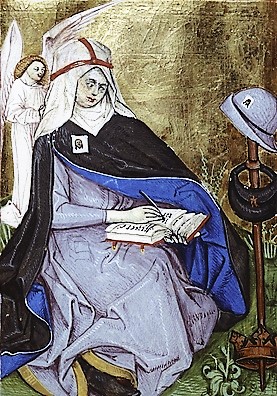Today, Pope Benedict XVI concluded his catechetical series “on the lives of the saints.” (I have thus changed the designation of those audiences from “The Fathers” to “The Lives of the Saints”, which is a more apt title considering the direction the series has gone in.)
To wrap things up, the Holy Father reflects on Holiness, “the holiness to which each Christian is called.” It is the natural way to end the series and it really drives home the entire point of what Benedict has been doing with this series — and the one before it on the Apostles — for the past five years. Indeed, this series on the saints is really all that Pope Benedict XVI has been teaching us for the entirety of his pontificate since he finished off the series that John Paul II had started on Vespers.
That is, all of us are called to be holy, to be saints. Pope Benedict has given us this rich catechesis on the lives of the saints to give us role models so that we can “go and do likewise”. The saints are given to us not to fulfill some historical curiosity but so that we have some concrete guidance in achieving that holiness in our own lives.
It is a fitting end to a wonderful series. I cannot wait to see what is in store for us in the next series. Next week (and perhaps the week after) will be dedicated to Holy Week and Easter. So we will see after that where the Holy Father wishes to take us.
Here is an excerpt from this audience:
Dear Brothers and Sisters,
As a conclusion to this series of catecheses on the lives of the saints, I would like today to speak of the holiness to which each Christian is called. Holiness is the fullness of the Christian life, a life in Christ; it consists in our being united to Christ, making our own his thoughts and actions, and conforming our lives to his. As such, it is chiefly the work of the Holy Spirit who is poured forth into our hearts through Baptism, making us sharers in the paschal mystery and enabling us to live a new life in union with the Risen Christ. Christian holiness is nothing other than the virtue of charity lived to its fullest. In the pursuit of holiness, we allow the seed of God’s life and love to be cultivated by hearing his word and putting it into practice, by prayer and the celebration of the sacraments, by sacrifice and service of our brothers and sisters. The lives of the saints encourage us along this great path leading to the fullness of eternal life. By their prayers, and the grace of the Holy Spirit, may each of us live fully our Christian vocation and thus become a stone in that great mosaic of holiness which God is creating in history, so that the glory shining on the face of Christ may be seen in all its splendour.








